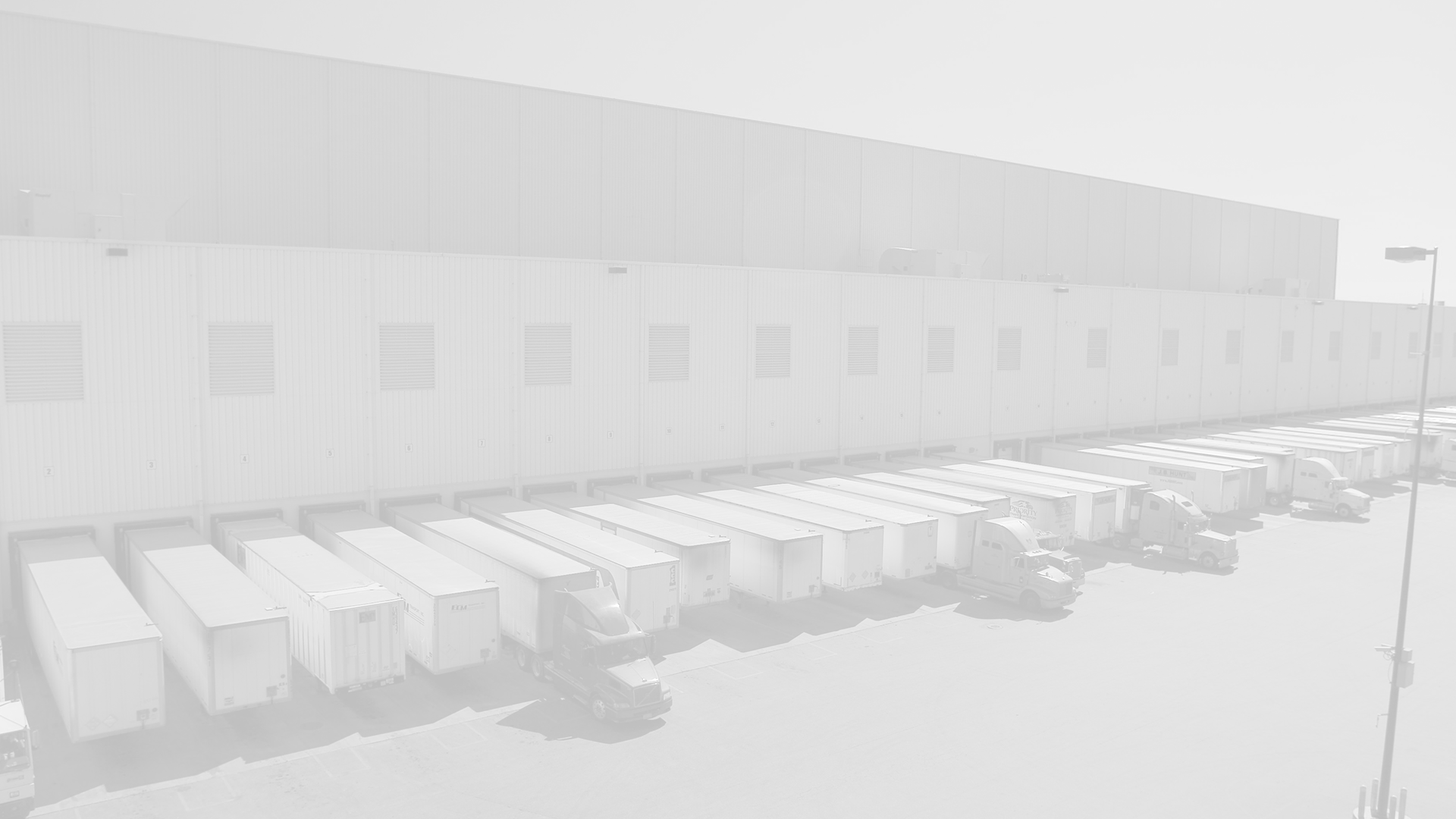Retail is changing more now than in any time in history. For those of us trying to “aim where the ball is going,” predicting future trends is what it is all about. Forbes suggest that the top three trends are:
- Location-based Technology: Knowing where your customers are and how to use that information to engage them
- Omni-Channel Retail: Duh. I think we all get the need to provide consumers with a seamless, “I can get anything anywhere” experience.
- Top Brands Now Start Online: Just like music, brands are going to start online. This means lower entry costs and lots of new, small manufacturers.
The Future Of Shopping In Three Trends
By J. J. Colao
Back in 2012, I wrote a piece titled, Five Trends Driving Traditional Retail Towards Extinction. Looking back, I’m generally happy to see that the trends I examined are still valid, though “extinction” might be a little strong.
But the retail and e-commerce industries still interest me and living in New York provides a firsthand view into the petri dish that many of these companies use to experiment. So almost two years later, I’ve revisited the space to focus on three more trends that are changing the way we shop. (I’m leaving out an exploration of mobile for the moment, since it’s probably worth its own post.)

Malls may empty out, but physical stores aren’t going away.
The Macro View
First, a brief look at the bigger picture.
Last month marked Amazon’s 20th anniversary, which is kind of amazing to think about since e-commerce seems both very new and indispensable at the same time. Either way, the world has had plenty of time to digest the trend.
It makes some sense then that the pace of e-commerce growth appears to be decelerating in both the developed and developing worlds. I should note that a deceleration in the developing world means going from say, 94% year-over-year growth in China in 2012, to 64% in 2014. Those are still monster numbers, and there’s still plenty of land to grab, but the peak growth rates appear to be in the rearview.
In the U.S., the pace of growth is a more stately 14%. The sector attracts a healthy sum of sum of venture money–nearly $1 billion in Q1 of 2014, according the very helpful people at the NVCA.
But all of that strength doesn’t mean that the future of shopping is as simple as buying everything online. Consider our first trend:
Location-based Technology
For online retailers, it’s always been relatively easy to gather data about customers. If you run a Web company you can track all kinds of information about shoppers who visit your site—where they’re located, how they reached your page, what they look at and where they get held up during the shopping process. This helps e-commerce companies adjust tactics quickly to maximize sales.
For brick-and-mortar stores, that kind of granular data has been harder to come by. Location-based technologies promise to bridge that data gap. Apple AAPL +0.73% recently introduced iBeacon, a set of small sensors that can be placed around stores to track and communicate with customers’ iPhones. Startups like Estimote, Nomi and inMarket, meanwhile, sell similar technology to retailers.
What does this look like? Let’s say these beacons track a spike in foot traffic near a rack of bathing suits in a high-end department store. But that foot traffic isn’t prompting a comparable increase in sales. Are customers intrigued by the style, but put off by the price tag? If that’s the hypothesis, the store can ping each shopper who approaches the section with a 10% discount on the bathing suits. If the hypothesis was correct, customers now buy more bathing suits and the company can subsequently reduce the bathing suits’ price to increase sales.
This kind of technology helps brick-and-mortar retailers to optimize their store layouts, pricing, and improve ad campaigns. It also figures heavily into the next trend.
Omni-channel Retail
Since e-commerce first started gaining traction in the late 90s, nearly every brick-and-mortar brand in the country has developed an online sales strategy. But traditionally, it hasn’t worked in reverse. Amazon, eBay EBAY -0.7%, Blue Nile and other online pioneers never opened up physical shops for customers to browse items.

